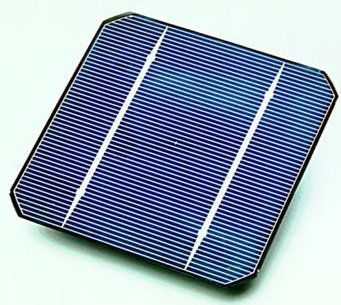-
 Triploblastic
Triploblastic
-
 Biotin
Biotin
-
 Skin
Skin
-
 Mutagen
Mutagen
-
 Cytology
Cytology
-
 Indium
Indium
-
 Mandrake
Mandrake
-
 Suborbital
Suborbital
-
 Tracheostomy
Tracheostomy
-
 Autoclaved aerated concrete
Autoclaved aerated concrete
-
 Antitussive
Antitussive
-
 Mole
Mole
-
 Noma
Noma
-
 Brachiopod
Brachiopod
-
 Private key
Private key
-
 Basis weight or grammage
Basis weight or grammage
-
 Cuculiformes
Cuculiformes
-
 Actin
Actin
-
 Xbox 360
Xbox 360
-
 Pyruvic acid
Pyruvic acid
-
 Respiratory system
Respiratory system
-
 Procellariiformes
Procellariiformes
-
 Cysteine
Cysteine
-
 Frost
Frost
-
 Histology
Histology
-
 Thrombocyte
Thrombocyte
-
 FIPS
FIPS
-
 Partition wall
Partition wall
-
 Database
Database
-
 Dabbling duck
Dabbling duck
Photovoltaic panel
A photovoltaic panel is a device that transforms light energy into electricity. It uses the photoelectric effect by which an incident photon (light) can extract an electron from an atom.
Description of a photovoltaic panel
A photovoltaic panel consists of a series of photovoltaic cells made from two layers of a semiconductor material, one with a positive charge (P) and the other with a negative charge (N). This is called a PN junction. When an electron breaks free, a "hole" is formed, which behaves like a positive charge.
The electron and the hole break away on either side of the PN junction (the electrons towards N and the holes towards P), creating a difference in potential (which is measured in volts). A photovoltaic cell thus produces a continuous electric current.
Different types of semi-conductors
There are different types of cells and production processes. The most commonly used semiconductor is silicon. Performance is measured first by output: the percentage of sunlight effectively transformed into electricity. Amongst panels sold commercially, are available from the least to the most expensive:
- amorphous silicon (6 to 8% output);
- polycrystalline silicon (12%);
- polycrystalline silicon (15%).
 A monocrystalline silicon photovoltaic solar panel. © Public domain
A monocrystalline silicon photovoltaic solar panel. © Public domain
Latest
Fill out my online form.



